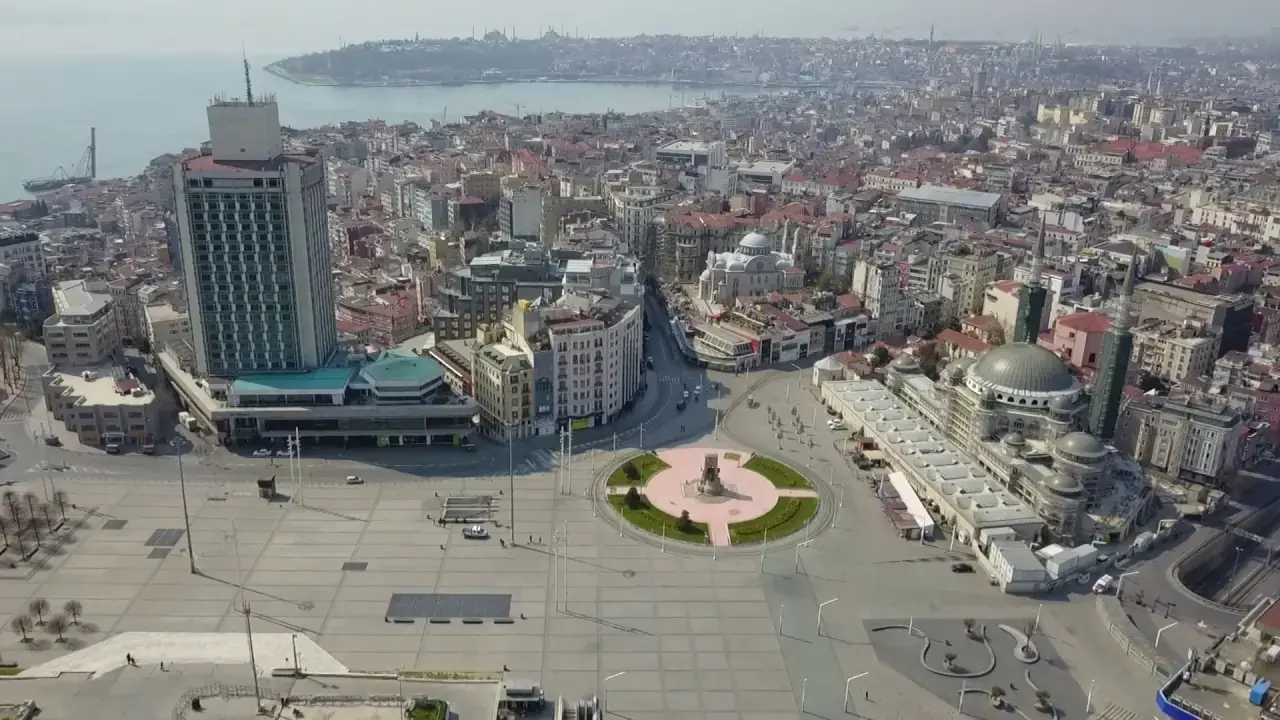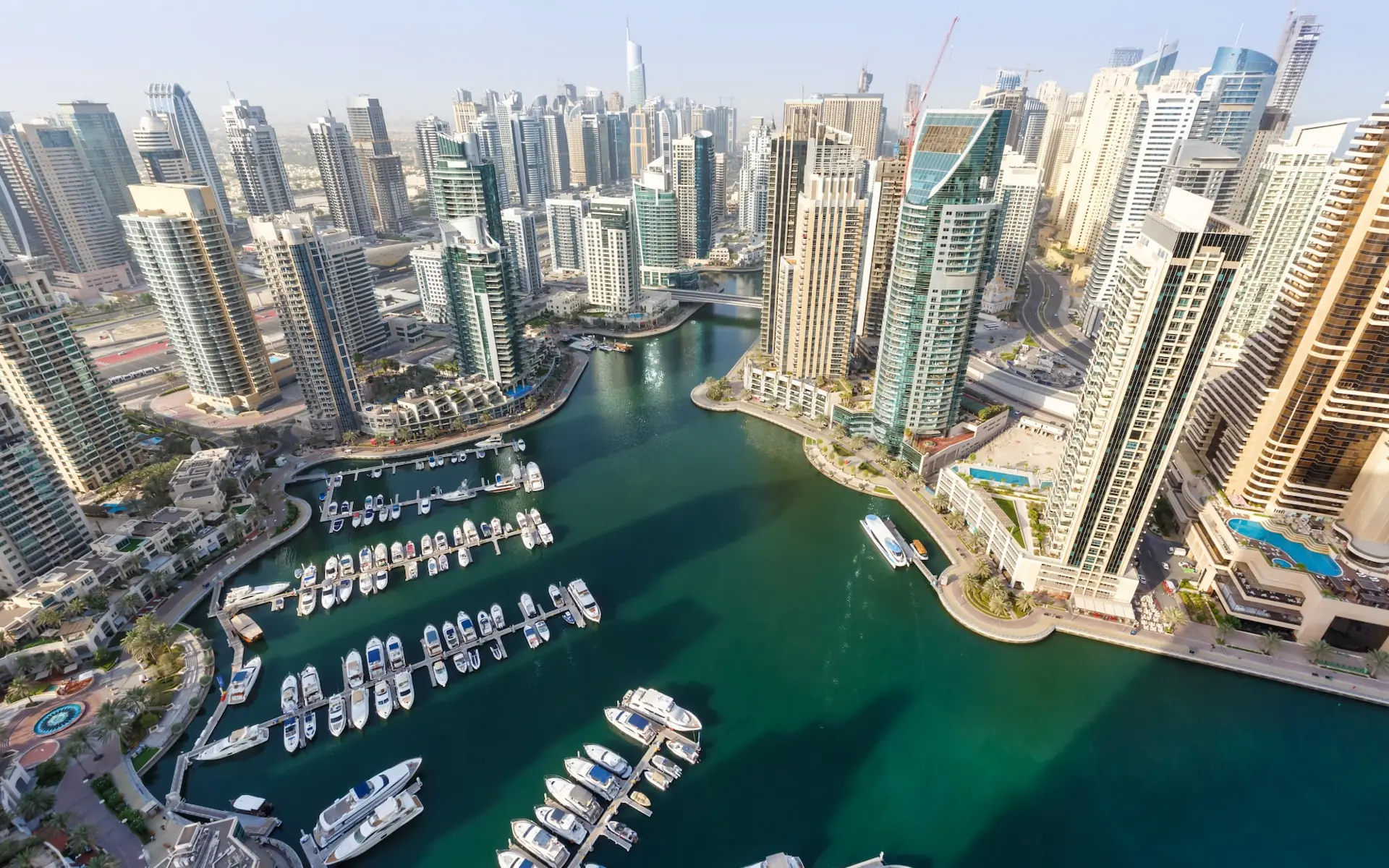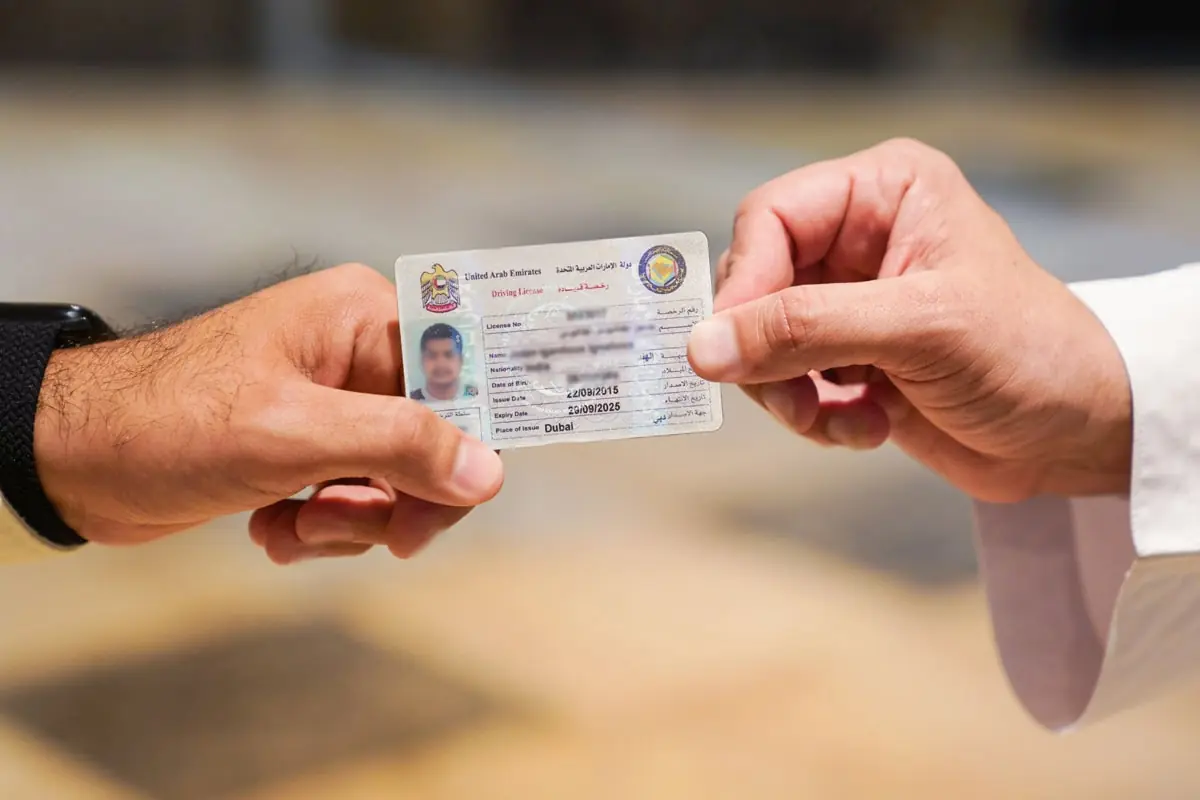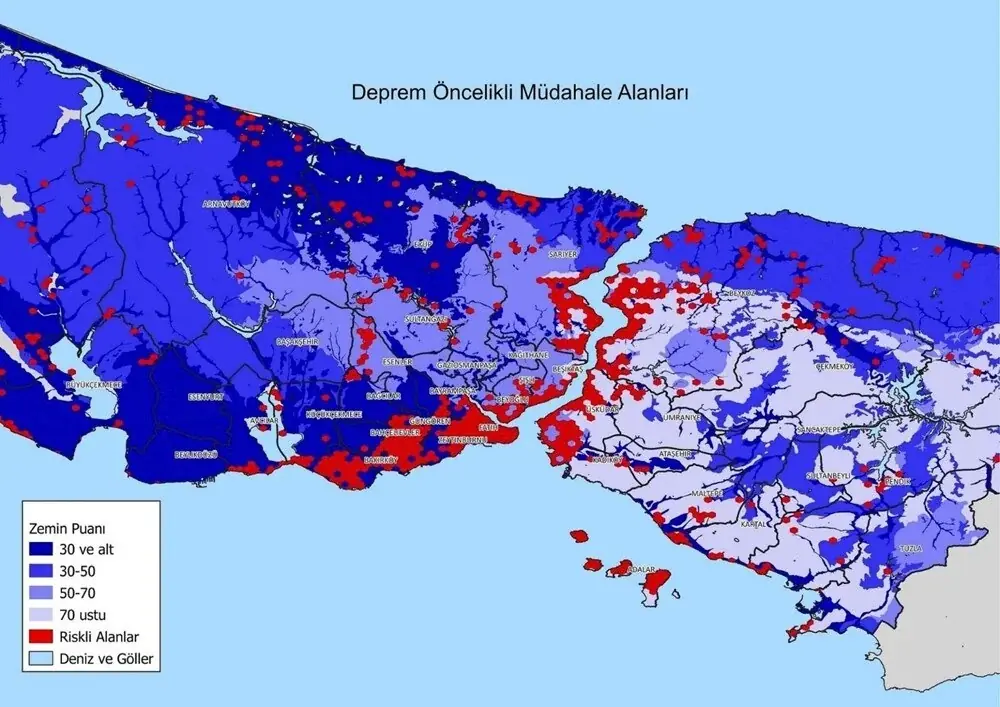Istanbul’s Taksim Square is one of the most touristic places in Istanbul, located in the Beyoglu district, and is considered the heart of modern Istanbul.
There are many hotels and restaurants around this square and Esteghlal Street, which many Turkish tourists count down to stay in.
This square is also a gathering place for local people to celebrate New Year’s Eve, national celebrations and other gatherings.
A trip to Istanbul is not complete without visiting Taksim Square, and for this reason, most tourists plan to visit this part of Istanbul.
Where is Taksim Square?
Taksim Square is located in the beautiful city of Istanbul, Türkiye, in the European part of this city, in Beyoglu neighborhood.
Bus and metro stations near Taksim Square make it easy to access this square from all over the city. Although cars are prohibited from passing through the square, only the city’s nostalgic tram is allowed to pass through it.

- Metro: If you want to go to Taksim Square immediately after arriving in Istanbul, Istanbul Metro will be the best option for transportation. To get to Taksim, you need to use the red line “M1A” at the “Ataturk Havalimanı” station, which after 17 stops reaches the “Yenikapı” terminal station; Where the red and green lines intersect. Next, you should take the “M2” metro line, which will take you to Taksim station after four stops.
- Tram and cable train: To go from Sultan Ahmed neighborhood to Taksim Square, it is more convenient for you to use tram lines. In this historical area, you should take the tram from the “T1” line at the Sultan Ahmed station. Next, get off at “Fındıklı Mimar Sinan Universitesi” station and walk about one kilometer in the northwest direction. You can also get off at the Kabatas station after the tram ride, which is next to the F1 funicular (cable train) station. With this train, you will reach Taksim station in two minutes. Finally, just walk 250 meters to the west and you will come across Taksim Square.
- Taxi: Another option in front of you is a taxi whose station is located 130 meters from the north of Taksim Square. Taksim-Aksaray and Sisli-Eminonu taxis drop off passengers here.
- Bus: Tourists who prefer to travel by bus in Istanbul should get off the bus at the bus stop located a little above Cumhuriyet Street, which is 150 meters from the north of the square. “HAVAIST” luxury buses also transfer passengers between Istanbul Airport and Taksim Square, and in this way, you can go directly to Taksim from the airport.
Introduction of Taksim Square
Taksim Square is a symbol of the modern Republic of Türkiye, which was established by Atatürk. The Republic Monument is located in the heart of this square, and since its construction, Taksim Square has become a place for holding national events such as the anniversary of Turkey’s independence and other celebrations.
This area has a completely diverse architecture; So that next to the historical monuments of the 19th century and small mosques, modern buildings have grown up. Because Taksim and its streets are always full of travelers and locals, it has a busy and noisy atmosphere that is considered a characteristic of a vibrant metropolis.
If you happen to pass by Taksim Square, in addition to watching pigeons, be sure to experience cafes and shopping and make memories for yourself. In this part of Istanbul, you will also see wheels selling simit bread, cobs and roasted chestnuts, etc., which double the pleasure of sightseeing in this area. While walking, you will probably encounter flower sellers and street musicians.
Taksim Square has seen from the reservoir and cemetery to the stadium and social gathering spaces, and its use has undergone changes over time. Taksim was a public square that was created when the Republic of Türkiye was formed. However, the said square was forgotten for 13 years until it was gradually noticed and turned into a recreational and cultural space. At that time, they went to a foreign expert and called the French “Henry Proust” for a long-term plan.
The authorities of the Republic of Türkiye looked at this square as a magnificent project. Later, the square was expanded, and for this purpose, the barracks located there were destroyed, which had not been used since the First World War. In addition to creating green space, the most important public cultural centers of the city were built. These institutions were run by civil servants; But in the 1950s, the problem of management vacuum appeared.








